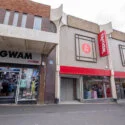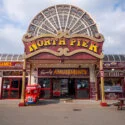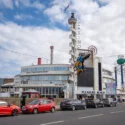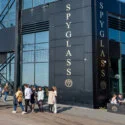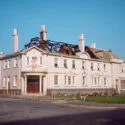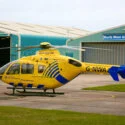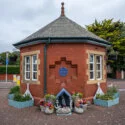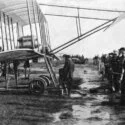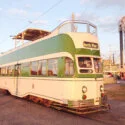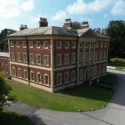The Loos Trenches
Underneath this park lies an important WWI archaeological site. It is important because whilst most trench training sites in the UK were out in remote areas, this one was on the edge of a growing town; What also makes this this site remarkable is that when it was no longer needed by the army, it became a tourist attraction raising money, for the nearby Lancashire Military Convalescent hospital at the old Clifton Racecourse. There are very few photographs or images of the trenches except those contained within the 1916 guidebook, but the fact that the guidebook has survived and has been proved to be accurate has been important in understanding the site.
Trench Training in the First World War came about as a result of the huge numbers of recruits volunteering at the start of the war. With so many volunteers, for the first time it was possible to give proper training to civilians before sending them on to active duty.
The soldiers who built the Watson Road trenches were Third Line Battalions of the West Lancashire Division. The • trenches were constructed and used for training between Sept 1915 and May 1916, before these battalions moved to Oswestry in Shropshire.
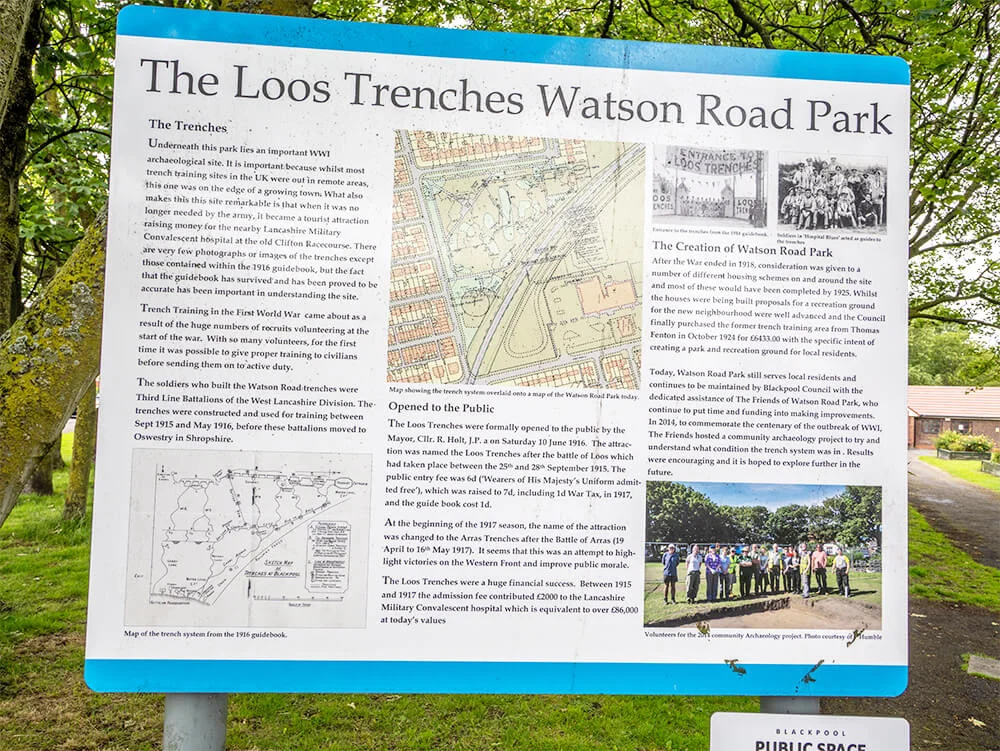
This sign at the park’s entrance is the source for most of this post’s text.
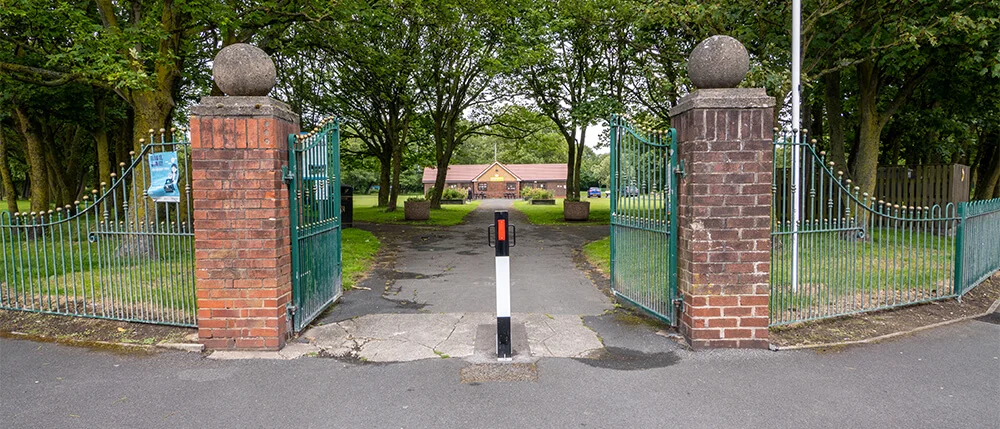
This is one of two entrances to the park. It leads straight to the park’s cafe and features the Loos Trenches sign.
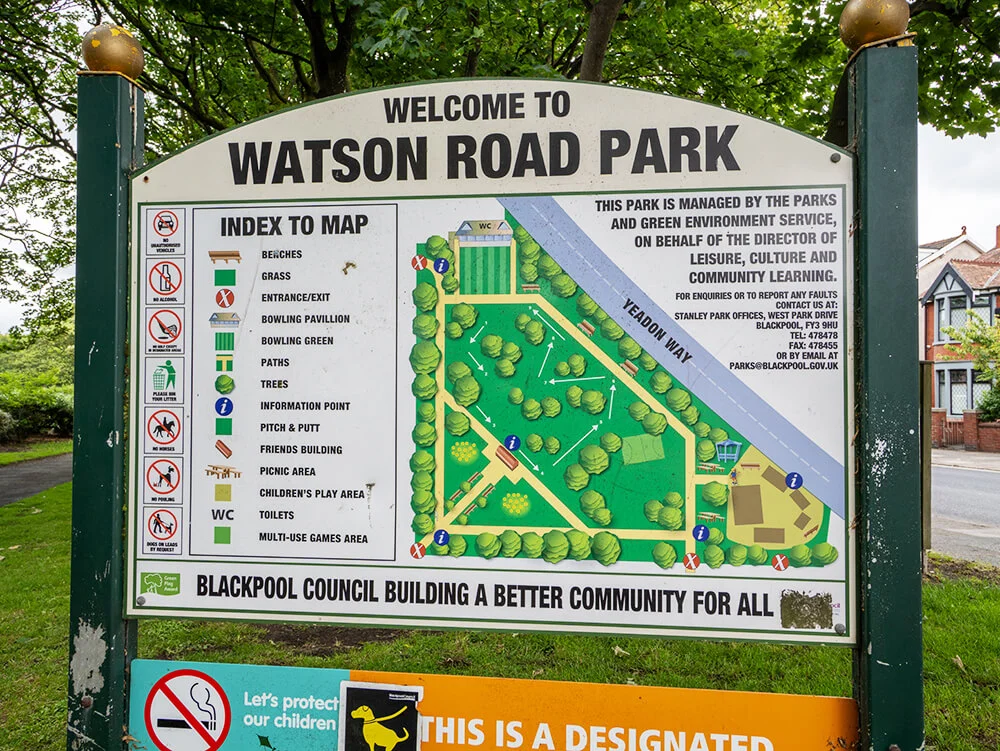
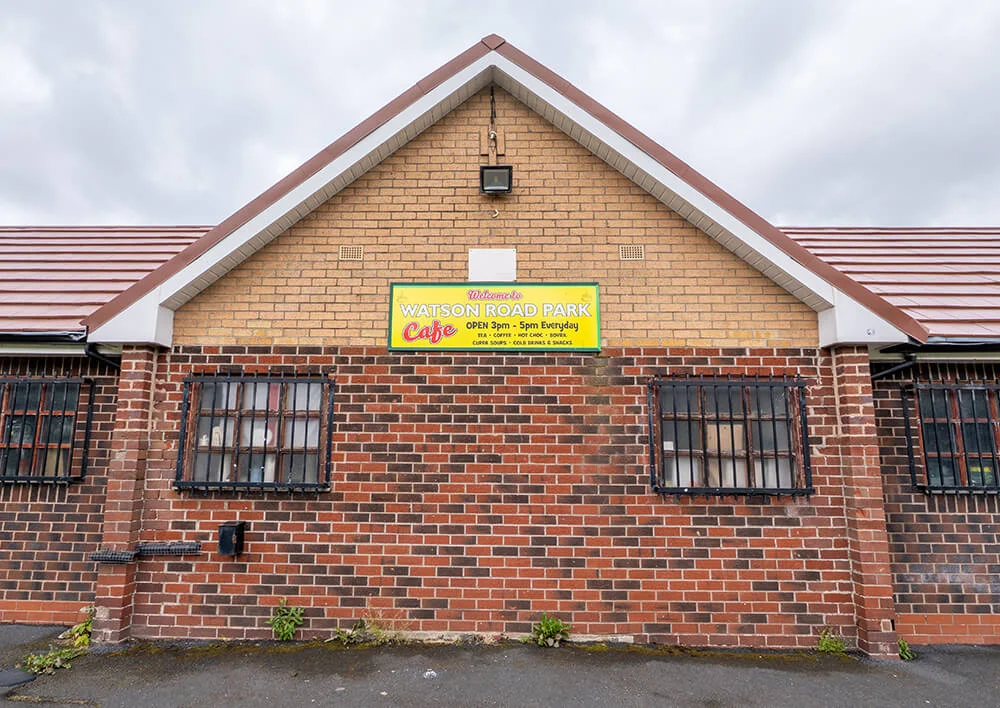
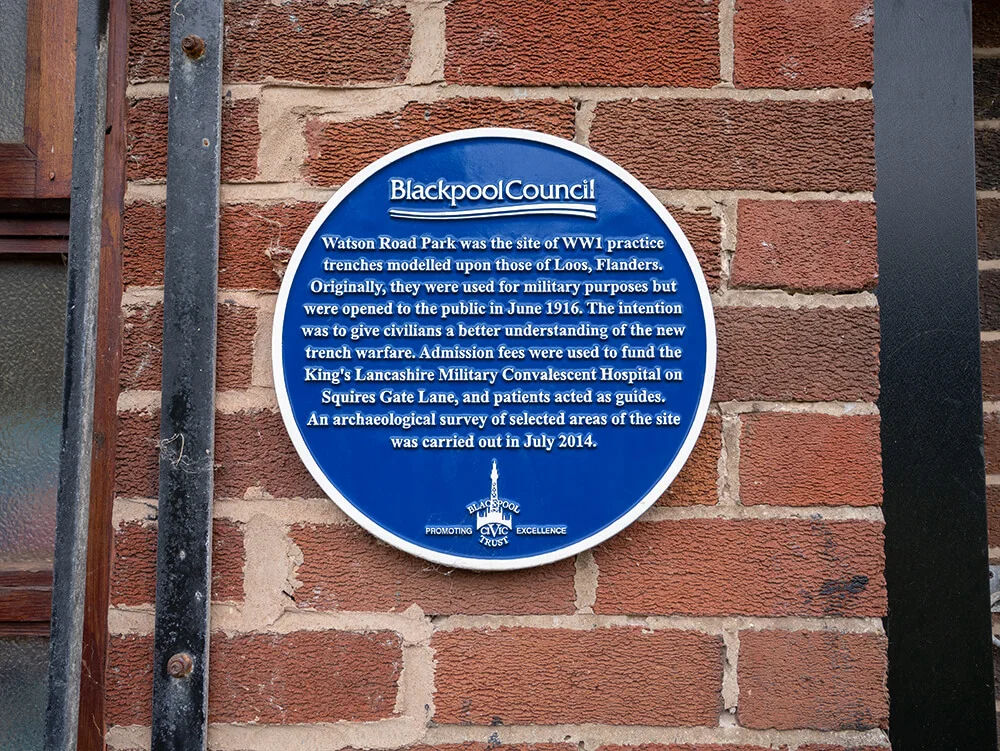 Opened to the Public
Opened to the Public
The Loos Trenches were formally opened to the public by the Mayor, Cllr. R. Holt, J.P. a on Saturday 10 June 1916. The attraction was named the Loos Trenches after the battle of Loos which had taken place between the 25th and 28th September 1915. The public entry fee was 6d (Wearers of His Majesty’s Uniform admitted free’), which was raised to 7d, including 1d War Tax, in 1917, and the guide book cost 1d.
At the beginning of the 1917 season, the name of the attraction was changed to the Arras Trenches after the Battle of Arras (19 April to 16th May 1917). It seems that this was an attempt to highlight victories on the Western Front and improve public morale.
The Loos Trenches were a huge financial success. Between 1915 and 1917 the admission fee contributed £2000 to the Lancashire Military Convalescent hospital which is equivalent to over £86,000 at today’s values.
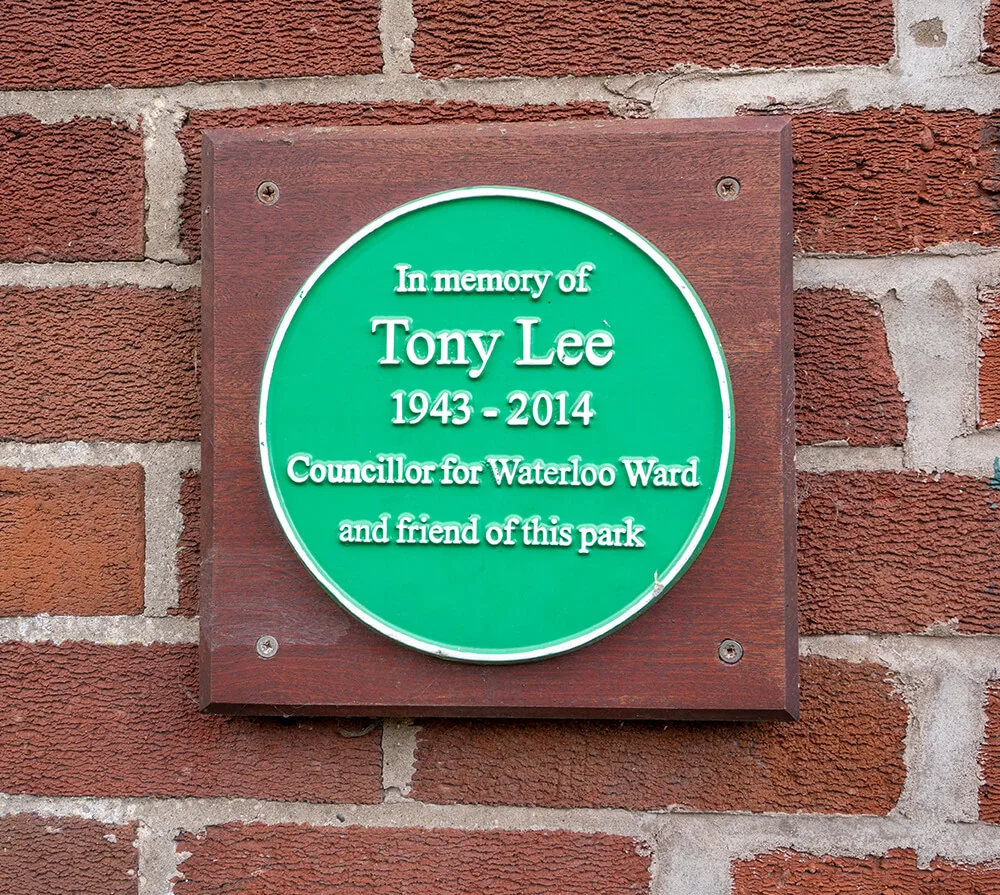
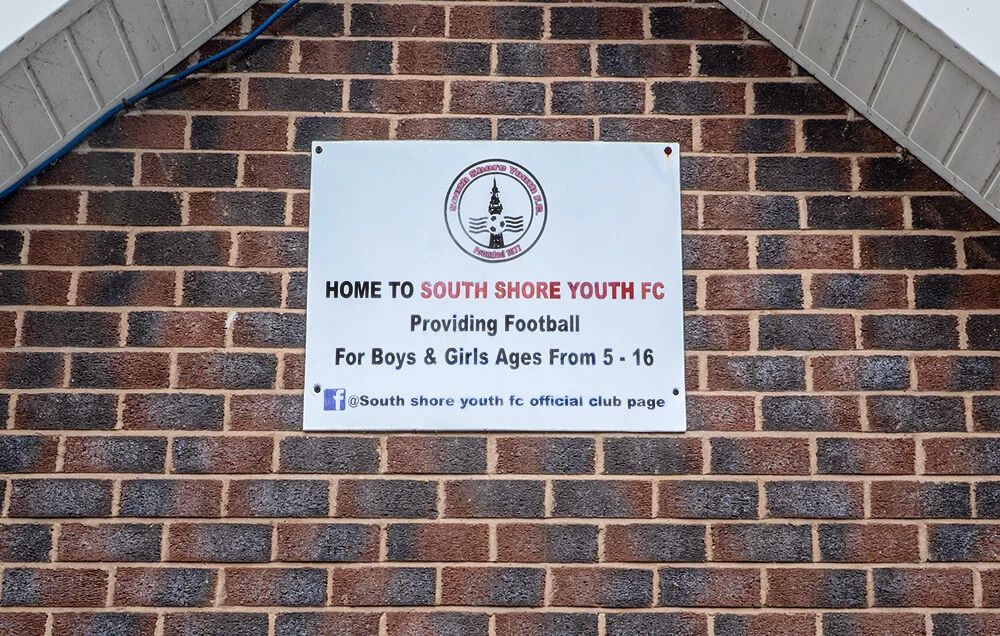
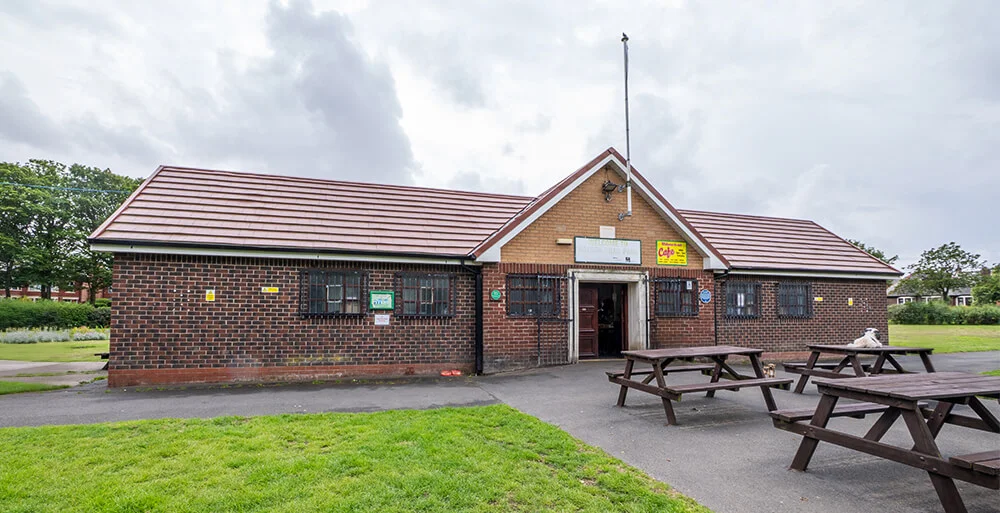
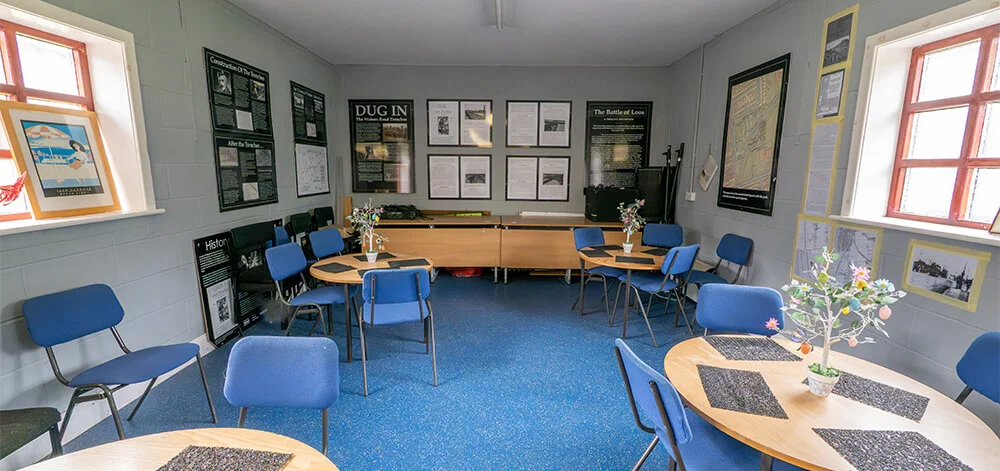
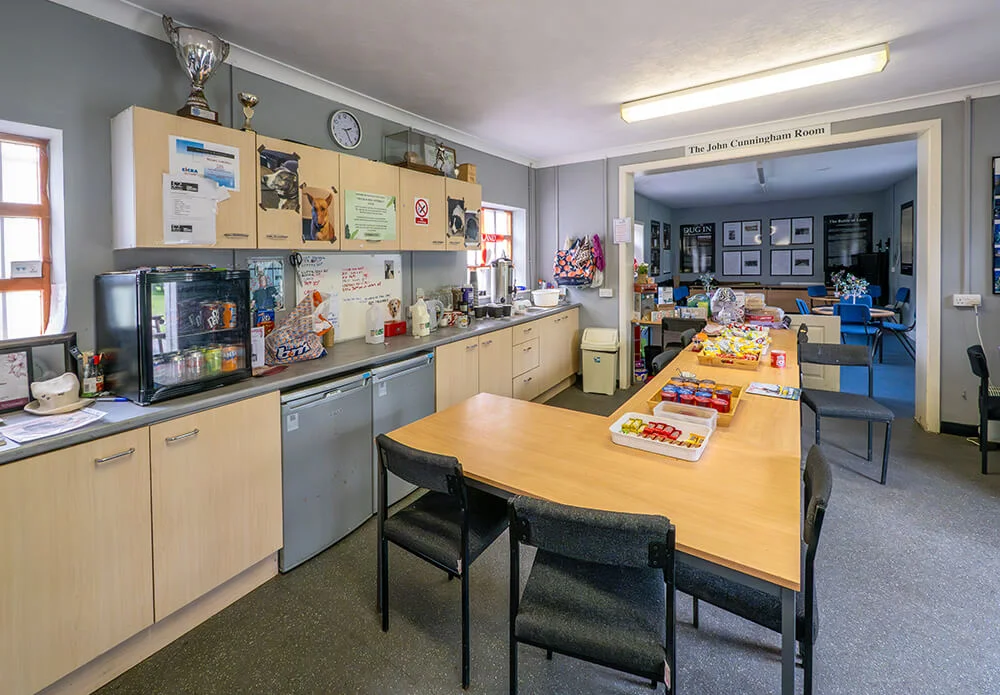
The Creation of Watson Road Park
After the War ended in 1918, consideration was given to a number of different housing schemes on and around the site and most of these would have been completed by 1925. Whilst the houses were being built proposals for a recreation ground for the new neighbourhood were well advanced and the Council finally purchased the former trench training area from Thomas Fenton in October 1924 for £6433.00 with the specific intent of creating a park and recreation ground for local residents.
Today, Watson Road Park still serves local residents and continues to be maintained by Blackpool Council with the dedicated assistance of The Friends of Watson Road Park, who continue to put time and funding into making improvements. In 2014, to commemorate the centenary of the outbreak of WWI, The Friends hosted a community archaeology project to try and understand what condition the trench system was in. Results were encouraging and it is hoped to explore further in the future.
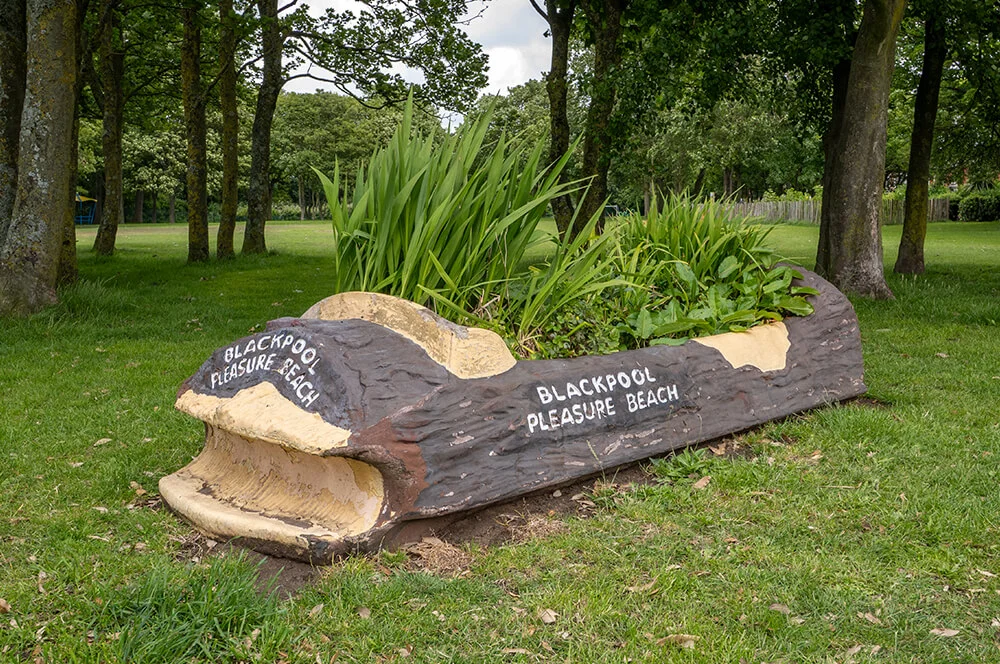
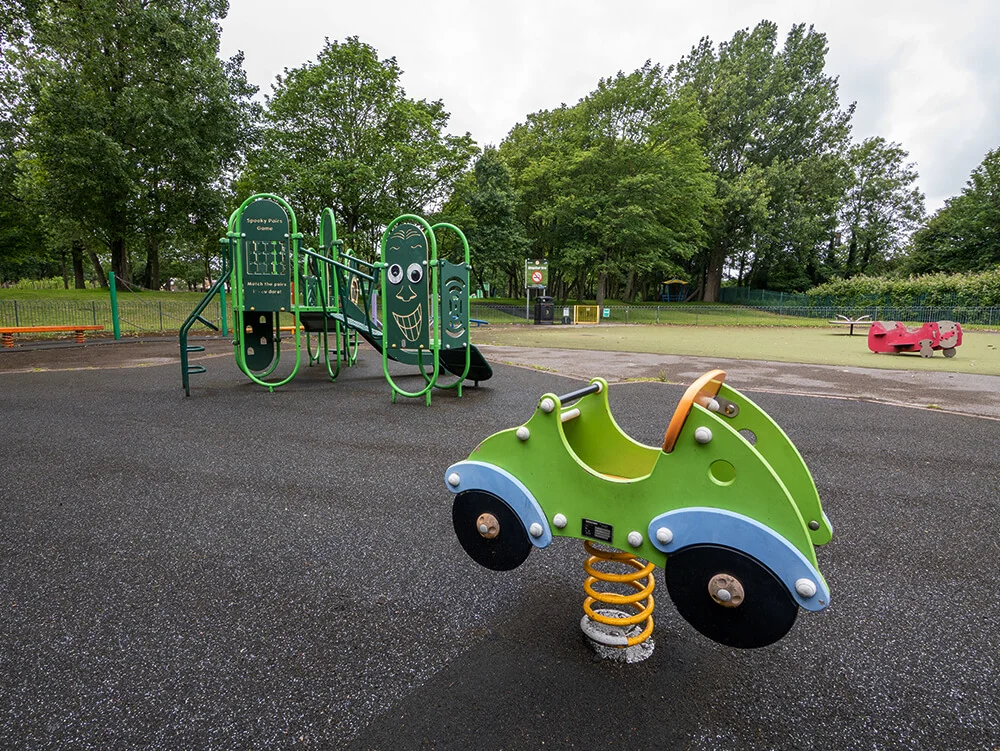
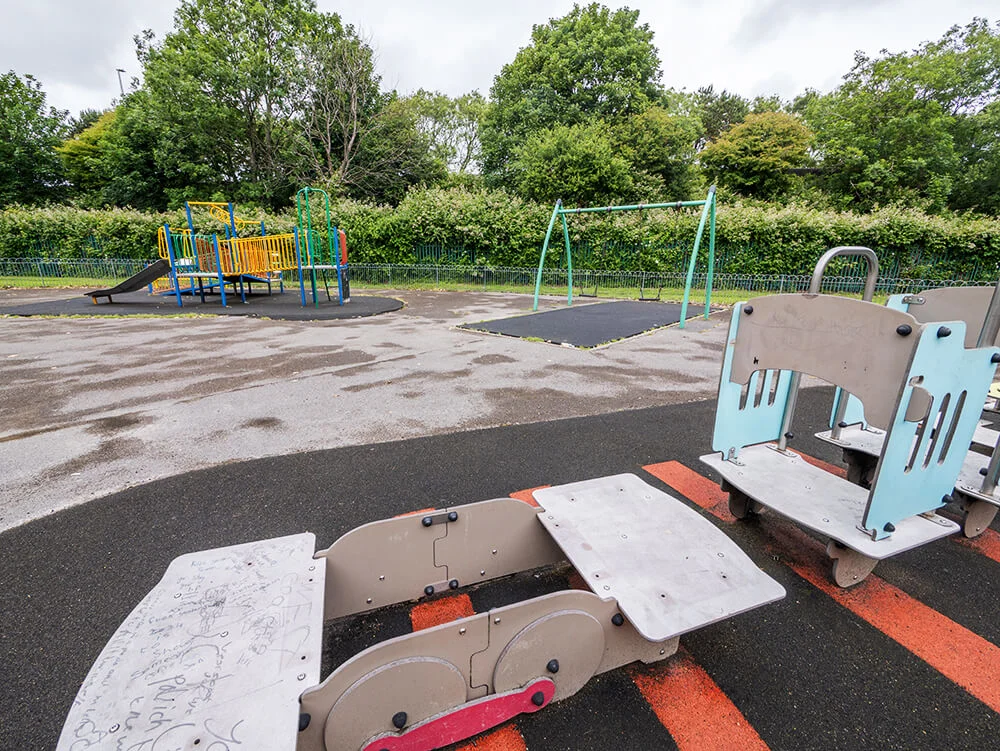
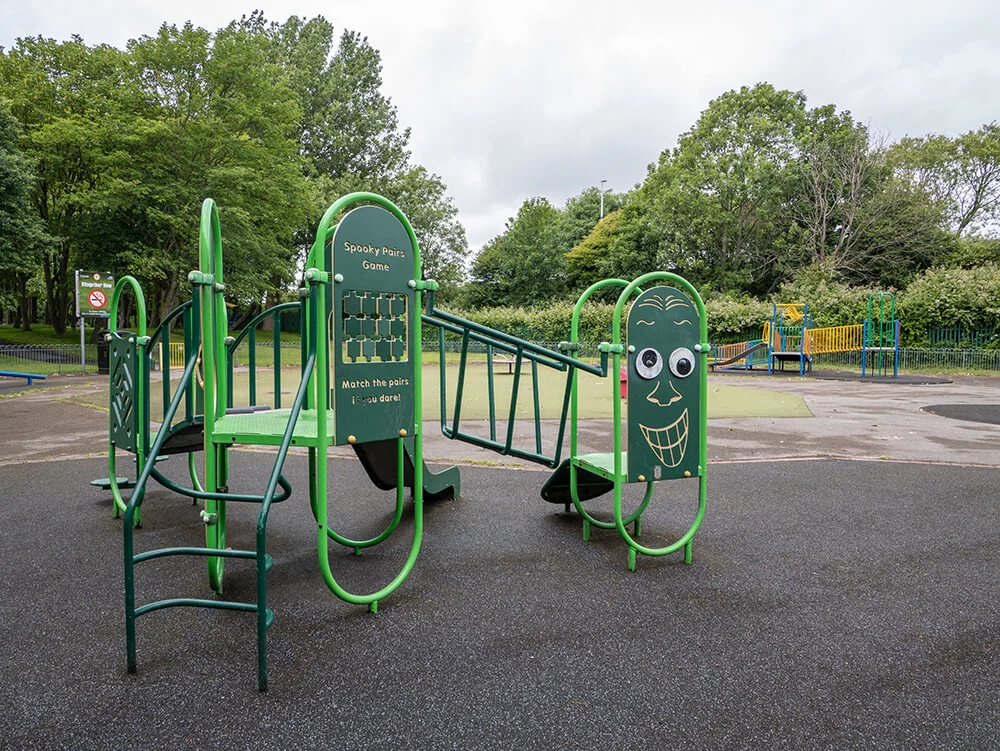
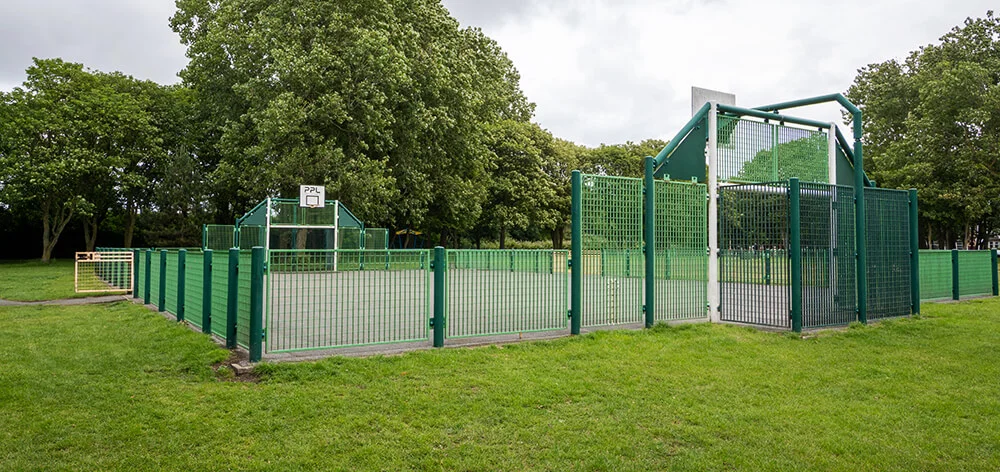
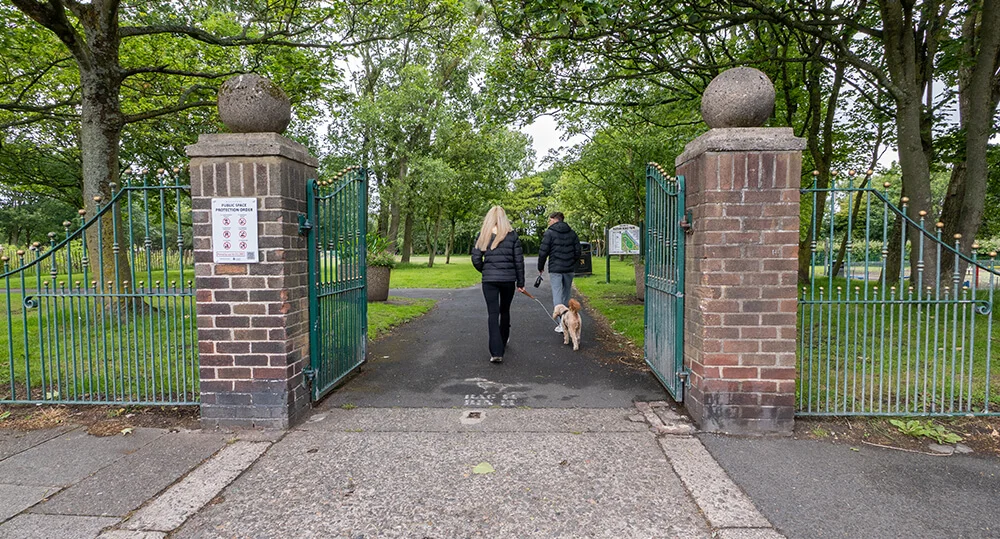
Text source: Sign at the park's entrance
Images by © Deeper Blue Marketing & Design Ltd




